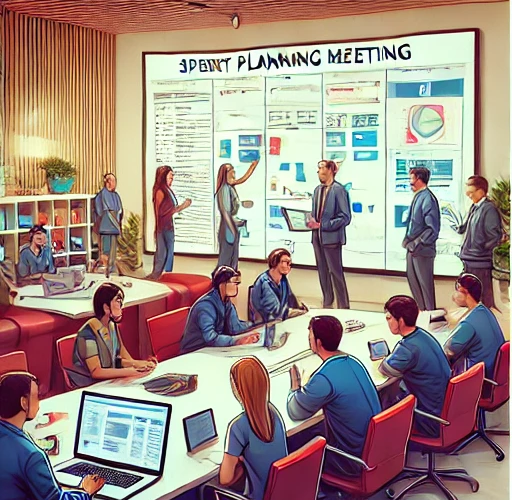April 3, 2025
In today’s fast-paced business environment, organisations in regulated industries face a unique challenge: balancing the need for speed and flexibility with strict regulatory compliance. Traditional project management methodologies like Waterfall offer structure and predictability, while Agile promotes adaptability and customer Read more…







